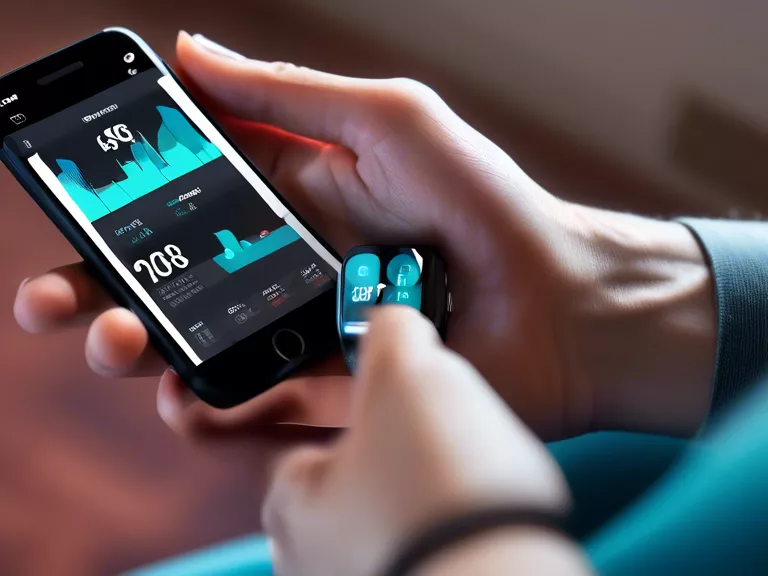
In recent years, fitness trackers have become an essential tool for individuals looking to monitor their health and fitness goals. These devices track various metrics such as steps taken, calories burned, and distance traveled to provide insight into daily activity levels. However, the latest trend in fitness tracking is the integration of heart rate variability (HRV) into workouts.
HRV is the variation in time intervals between consecutive heartbeats, which is regulated by the autonomic nervous system. It is an excellent indicator of overall health and fitness, as well as an individual's readiness for physical exertion. By measuring HRV, fitness trackers can provide more personalized and accurate data on a person's fitness level and recovery status.
Many fitness trackers now include HRV monitoring capabilities, either through sensors on the device itself or by connecting to external HRV monitors. This data is then used to tailor workout plans and intensities based on an individual's current HRV levels. For example, if a person's HRV is low, it may indicate that the body is fatigued and in need of rest. In contrast, a high HRV may signal that the body is ready for a more intense workout.
By integrating HRV into workouts, fitness trackers are helping individuals optimize their training routines and prevent overtraining. By listening to the body's signals through HRV monitoring, users can make better-informed decisions about their workouts, leading to improved performance and recovery.
In conclusion, the integration of HRV into workouts through fitness trackers is revolutionizing the way people approach their fitness goals. By providing real-time data on recovery and readiness for physical exertion, these devices are helping individuals maximize their workouts and achieve better results.



